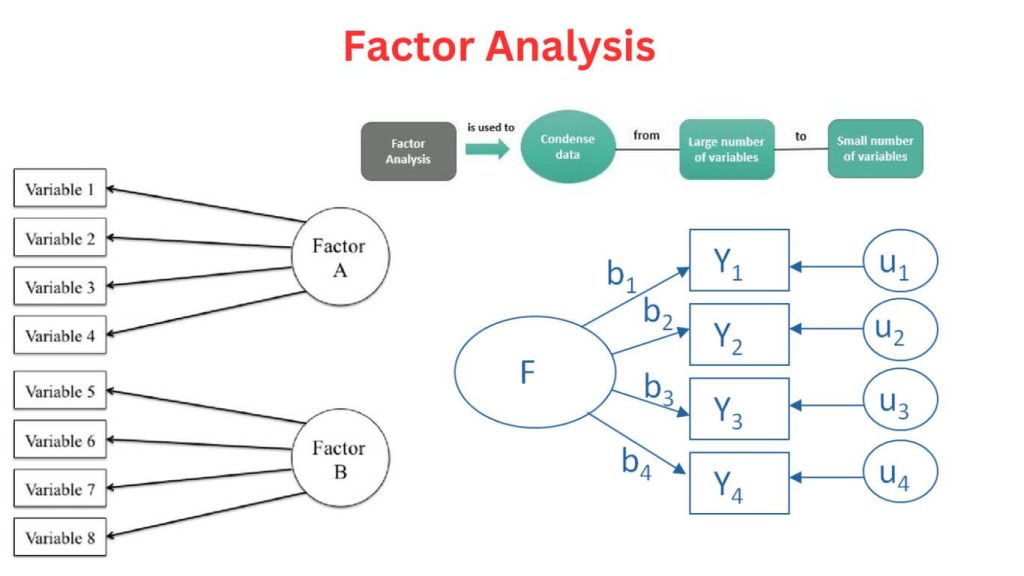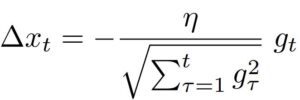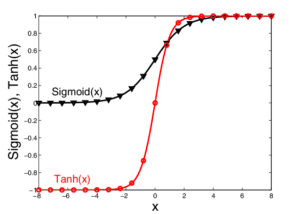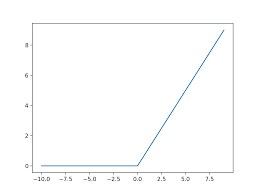A Brief History: Who Developed Factor Analysis?
The history of factor analysis traces back to Charles Spearman, who introduced it to study intelligence in the early 20th century. Since then, this statistical method has become a foundational tool in fields like machine learning, psychology, and data science. Modern tools like Scikit-learn have revolutionized its accessibility and application.
What Is Factor Analysis?
Factor analysis is a statistical method that reduces high-dimensional data into manageable groups of underlying factors. Think of it as discovering hidden themes in a complex novel. It helps analysts uncover relationships between variables and extract meaningful patterns without losing critical information.
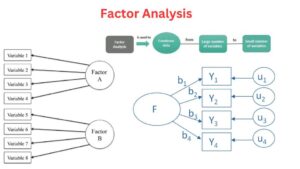
Why Is Factor Analysis Used? What Challenges Does It Address?
Factor analysis solves several data challenges, such as:
- Dimensionality Reduction: Simplifies datasets for better visualization and interpretation.
- Hidden Pattern Discovery: Reveals relationships and structures not apparent on the surface.
- Actionable Insights: Enhances decision-making by focusing on significant factors.
For example, it’s widely used in market segmentation, healthcare analytics, and educational assessments.
How Is Factor Analysis Used?
Using factor analysis with Scikit-learn involves the following steps:
- Data Preprocessing: Normalize the dataset to ensure consistency.
- Model Setup: Import FactorAnalysis() from Scikit-learn.
- Fit and Interpret: Apply the model to identify key factors and evaluate their influence.
In marketing, for instance, factor analysis can cluster customer preferences to refine targeted strategies.
Types of Factor Analysis
- Exploratory Factor Analysis (EFA): Used to identify potential structures in data.
- Confirmatory Factor Analysis (CFA): Tests specific hypotheses about data relationships.
Key Features of Factor Analysis
- Correlation Mapping: Groups variables based on shared characteristics.
- Scalable Analysis: Handles extensive datasets efficiently.
- Flexibility: Works across industries, from finance to urban planning.
Tools for Factor Analysis
- Scikit-learn: Python-based, user-friendly, and versatile for factor analysis tasks.
- SPSSandSAS: Common in academic and enterprise-level research.
- R Packages (e.g., psych): Ideal for advanced statistical modeling.
Real-World Applications: Australian Government Examples
- Public Healthcare: Factor analysis aids in resource allocation by grouping hospital metrics.
- Education Policy: Clusters student performance data to refine curriculum designs.
- Urban Development: Analyzes commuter data to improve public transport planning.
Official Statistics and References
Factor analysis has a proven impact in industries worldwide. For instance:
- In Australia, the ABS (Australian Bureau of Statistics) uses it to interpret labor market trends.
- Globally, organizations like McKinsey leverage it to enhance customer experience strategies. [References: ABS, McKinsey Reports, 2023].
How interested are you in uncovering even more about this topic? Our next article dives deeper into [insert next topic], unravelling insights you won’t want to miss. Stay curious and take the next step with us!


